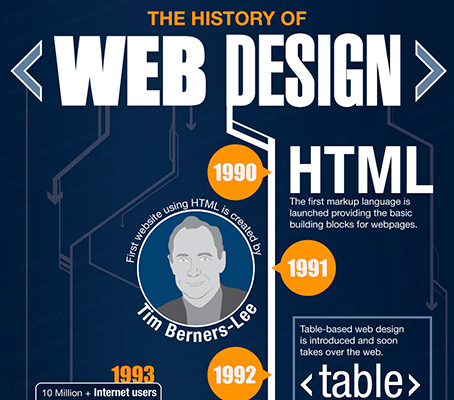Eager To Uncover Just How Web Site Style Has Changed Gradually? Dive Into The Advancement From Simplicity To User-Focused Experiences
Eager To Uncover Just How Web Site Style Has Changed Gradually? Dive Into The Advancement From Simplicity To User-Focused Experiences
Blog Article
Authored By-Johnsen Peters
In the past, websites were easy and focused on details. Navigation was straight, and design was for desktops. Now, user experience is vital. Data overviews styles for easy navigation. Receptive layouts fit various devices. Today, dark mode reduces stress, and minimal menus enhance navigation. Interactive functions engage customers, and strong visuals stand apart. https://www.google.com/maps/place/Moon+and+Owl+Marketing/@32.9757271,-106.5344695,1840583m/data=!3m1!1e3!4m6!3m5!1s0x864ddeaa4179705b:0x488d41d2cc6b9750!8m2!3d32.9757271!4d-97.5696258!16s%2Fg%2F11b6mpccrg?entry=ttu&g_ep=EgoyMDI1MDIxMS4wIKXMDSoJLDEwMjExNDUzSAFQAw%3D%3D improves involvement. See how layout has actually progressed to improve your online journey.
Early Days of Website Design
In the early days of web design, simpleness preponderated. Websites were fundamental, with limited colors, fonts, and formats. The focus was on offering info as opposed to flashy visuals. Customers accessed the internet with slow-moving dial-up connections, so speed and functionality were essential.
Navigation food selections were straightforward, typically situated on top or side of the page. Internet sites were created for computer, as mobile surfing had not been yet prevalent. Content was king, and designers focused on very easy readability over complicated style elements.
HTML was the key coding language used, and developers needed to function within its restrictions. Animations and interactive functions were very little contrasted to today's standards. Websites were fixed, with little dynamic web content or personalized customer experiences.
Increase of User-Focused Design
With the evolution of internet site design, a shift in the direction of user-focused layout concepts has ended up being progressively prominent. Today, developing websites that prioritize individual experience is important for engaging visitors and attaining company objectives. https://www.business2community.com/social-media-articles/snapchat-marketing-tips-for-reaching-new-audiences-in-2021-02430631 -focused style entails comprehending the demands, preferences, and actions of your target audience to tailor the site's layout, material, and includes accordingly.
Developers now perform complete research, such as customer studies and use screening, to collect understandings and comments directly from users. This data-driven strategy assists in developing instinctive navigating, clear calls-to-action, and visually enticing interfaces that reverberate with visitors. By positioning the individual at the center of the style process, internet sites can deliver a much more individualized and enjoyable experience.
Receptive design has also emerged as a key element of user-focused design, making certain that websites are optimized for different gadgets and display dimensions. This versatility boosts ease of access and functionality, catering to the varied ways customers communicate with web sites today. Fundamentally, the rise of user-focused layout represents a shift in the direction of producing digital experiences that prioritize the requirements and expectations of the end user.
Modern Trends in Web Design
Discover the latest patterns forming website design today. One prominent pattern is dark mode style, using a sleek and contemporary appearance while decreasing eye strain in low-light atmospheres. One more key fad is minimalist navigating, streamlining food selections and enhancing customer experience by concentrating on essential elements. Including micro-interactions, such as animated buttons or scrolling impacts, can develop a more engaging and interactive web site. Responsive design remains essential, making sure smooth individual experiences across numerous tools. Additionally, using vibrant typography and asymmetrical layouts can add visual interest and draw attention to specific material.
Incorporating AI modern technology, like chatbots for client assistance or tailored suggestions, improves user involvement and enhances procedures. Access has also end up being a considerable fad, with designers focusing on comprehensive design practices to cater to diverse individual needs. Embracing sustainability by optimizing internet site efficiency for speed and performance is one more emerging trend in web design. Working together with individual feedback and information analytics to repeat and improve layout continually is essential for staying pertinent in the ever-evolving electronic landscape. By welcoming these modern-day trends, you can develop a visually attractive, easy to use web site that resonates with your audience.
Final thought
As you review the advancement of site layout from the early days to currently, you can see exactly how user-focused layout has become the driving pressure behind modern fads.
Welcome the journey of modification and adjustment in website design, constantly maintaining the user experience at the forefront.
Stay existing with the most up to date patterns and innovations, and never ever stop developing your approach to develop aesthetically stunning and easy to use sites.
Progress, adapt, and produce - the future of web design remains in your hands.
